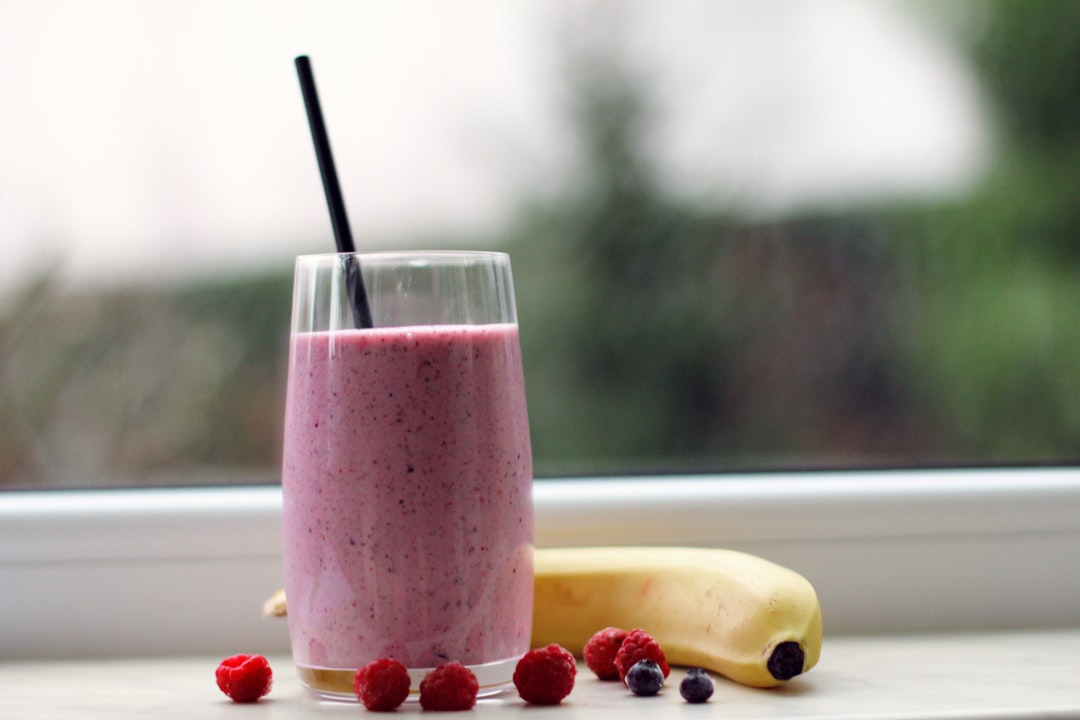Hard workouts and long runs, have the tendency to zap the appetite for at least a few hours afterwards. Add hot, humid weather to the mix and the thought of eating afterwards can be downright nauseating for pretty much any form of exercise or easy run. While I’m always a fan of listening to your hunger and fullness cues around food, in times like this t…
© 2025 Kelly Hogan, MS, RD
Substack is the home for great culture



